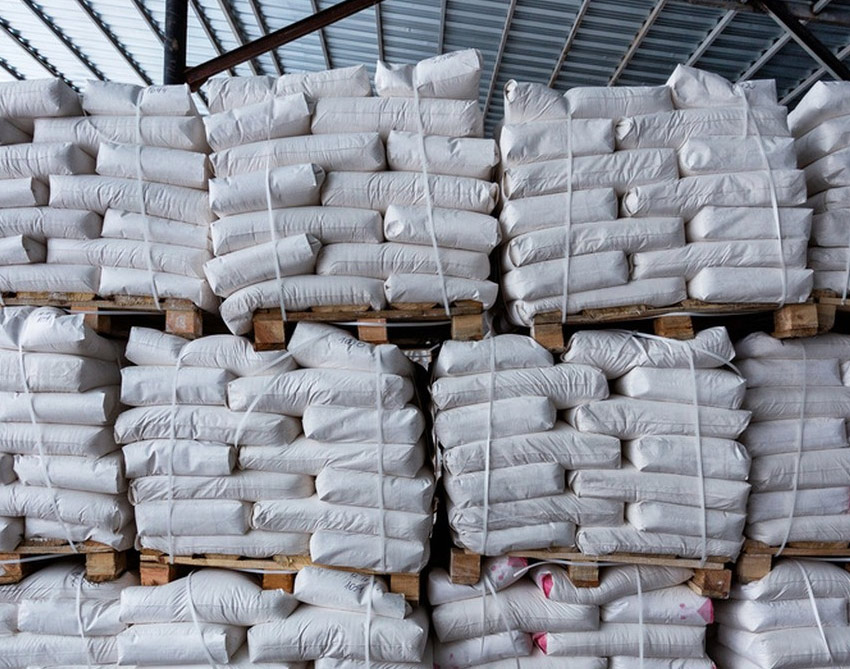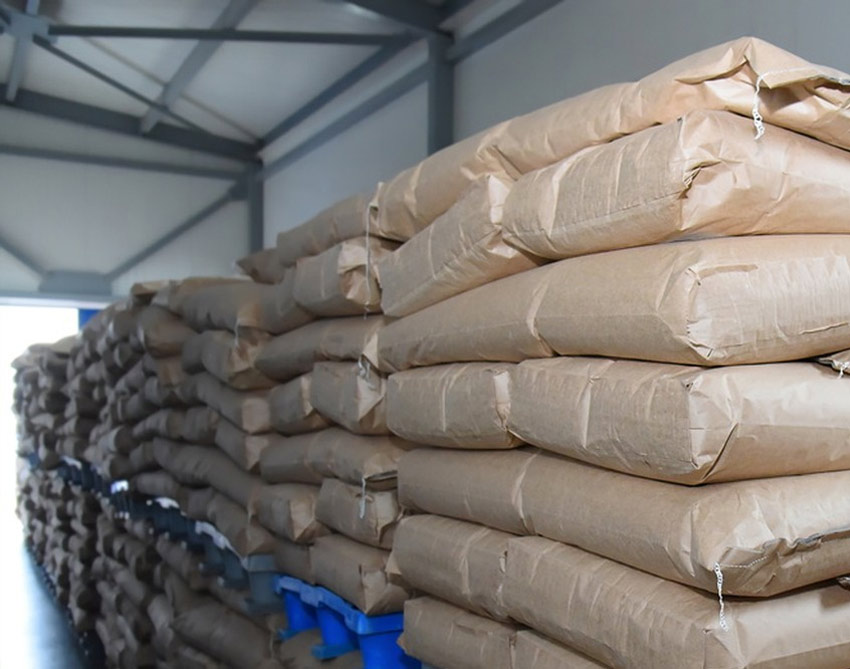Silane coupling agents are a kind of organic silane compounds or oligomers containing both organic functional groups and silicon functional groups, which can be used to improve the bonding strength of organic polymers and inorganic substances.
Silane coupling agent Z began to be used to improve the performance of glass fiber reinforced resin matrix composites (glass fiber reinforced plastic) products. With the development of polymer material industry, in order to improve the physical and chemical properties of plastics, rubber, coatings, adhesives, sealants, and reduce the production cost of polymer materials, silane coupling agents have been used more and more widely as monomers or tackifiers and reinforcements for cross-linking, chain extension, and grafting of these materials.
Vinyl
When vinyl silane coupling agent is used to treat glass fiber and granular filler in inorganic/resin matrix composites, it can improve the interface performance of two substances with completely different properties, and greatly improve the strength of the composites. The vinyl or vinyl hydrocarbon group in such coupling agent has the reactivity of polymerization or copolymerization, which can make the polymer easy to cross link, thus improving the mechanical properties, electrical properties and surface properties of the modified polymer. It is commonly used in the modification of thermoplastic plastics such as polyethylene or rubber.
Amino
Aminosilane coupling agent can react with almost all resins except polyester resin, so it belongs to universal coupling agent. It can be used as catalyst in the polymerization of phenol formaldehyde, urea formaldehyde and melamine formaldehyde.
Used for surface treatment of glass fiber to improve the adhesion between glass fiber and resin, and improve the mechanical properties of composite materials;
It is used to treat inorganic filler filled plastics, improve the dispersion of filler in resin, and improve the strength of plastics;
Tackifier for sealants, adhesives and coatings;
Used as textile auxiliaries to improve the softness and crease resistance of fabrics;
It is used for biochemistry and environmental protection, and as the raw material of biological enzyme carrier, it can improve the utilization rate of biological enzyme.
Sulfur containing hydrocarbon base
The sulfur-containing silane coupling agent can be used as the surface modifier of inorganic filler in the rubber tire industry, which can improve the surface structure of white carbon black and carbon black, improve their agglomeration in organic matter, make them well dispersed in rubber, and improve the strength and wear resistance of rubber. At the same time, the sulfur in the sulfur-containing silane coupling agent can be combined with the rubber to form a firm network structure between the filler and the rubber. It can be used as a vulcanizing agent, wetting agent, reinforcing agent, etc. to improve a number of physical and mechanical properties of the rubber tire, such as skid resistance (energy saving), wear resistance, tear resistance, cutting resistance, etc.
Epoxy hydrocarbon
The application of epoxy based silane coupling agent is universal. It can not only be used in thermosetting composites such as epoxy, melamine, phenolic, cross-linked polyurethane, but also in thermoplastic composites such as chlorinated polyether, polycarbonate, polyester, polyurethane, nylon, polypropylene, polystyrene, etc. Compared with other functional silane coupling agents, epoxy silane coupling agents are more stable and not prone to yellowing, and can provide excellent properties of reinforcement, weather resistance, moisture resistance and compatibilization in organic polymer composites.
Methacryloxy
This kind of silane coupling agent has the dual characteristics of polymerization and copolymerization. It can be used not only for resin composites, but also for the chemical structural modification of silicone or organic polymer materials. Because such silane coupling agents are easy to produce free radical initiated polymerization under the conditions of heating or lighting, they are often used as the group of photoinitiated polymerization crosslinking in the light curing silicone coatings, varnishes or adhesives.







